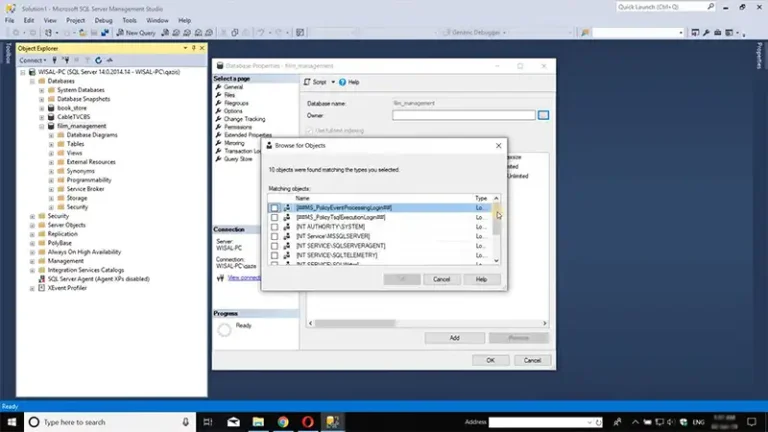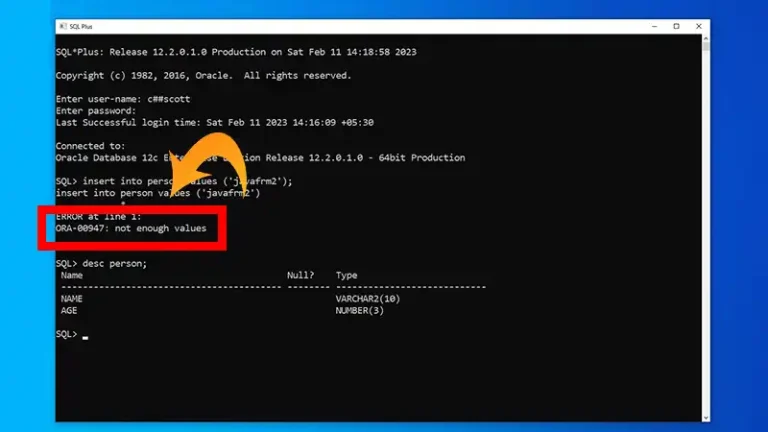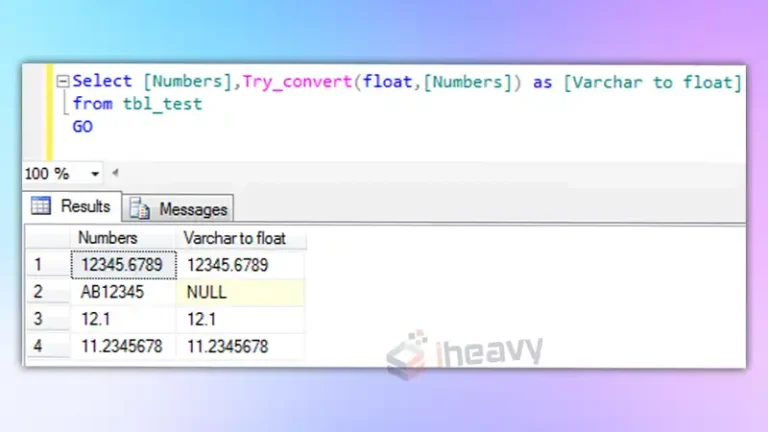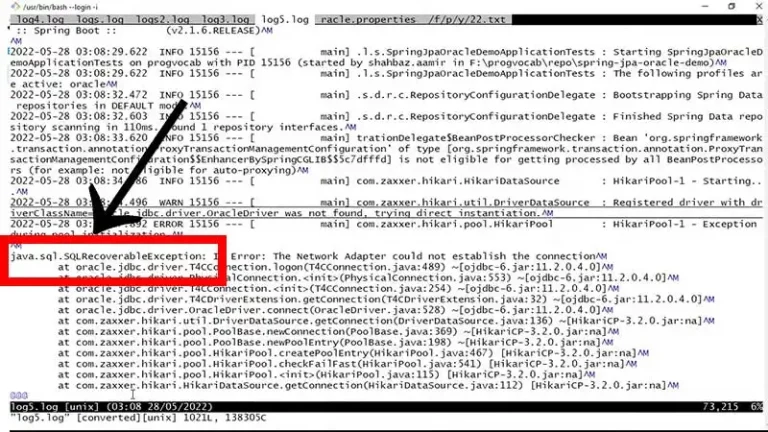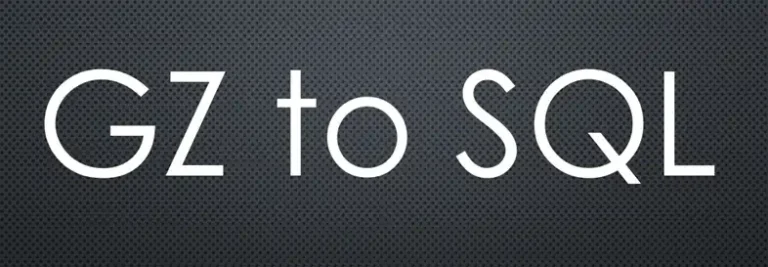Choosing Between Datetime and Timestamp Data Types in MySQL
When designing a database schema in MySQL, one common decision developers face is whether to use the datetime or timestamp data type for storing date and time values. Both types have their advantages and use cases, but understanding the differences between them is essential for making an informed decision. In this article, we’ll explore the characteristics of each data type and discuss scenarios where one might be preferable over the other.
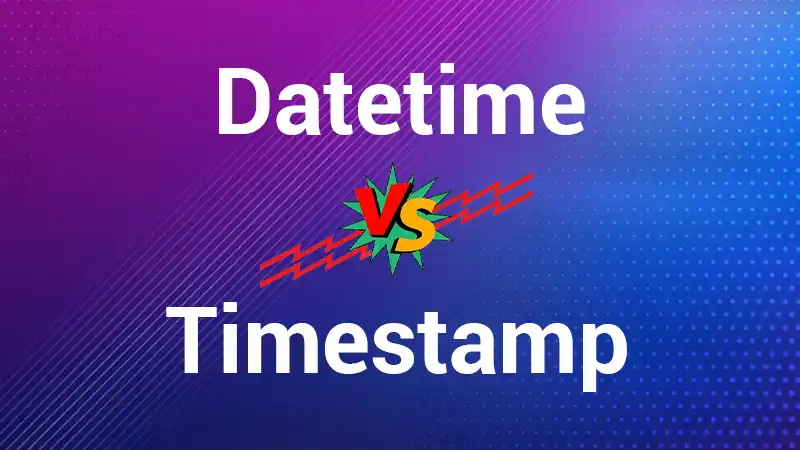
Understanding datetime and timestamp Data Types
Datetime
The datetime data type stores date and time values in the format ‘YYYY-MM-DD HH:MM:SS’. It does not have a timezone component and represents a specific point in time without any relation to a time zone.
timestamp
The timestamp data type also stores date and time values, but it includes timezone information. It represents a point in time relative to the UTC (Coordinated Universal Time) timezone and automatically converts date and time values to UTC for storage.
Considerations for Using datetime
No Automatic Conversion
Unlike the timestamp data type, datetime values are not automatically converted to UTC. This can be advantageous in scenarios where storing and displaying dates and times in the local time zone is preferable.
Lack of Timezone Support
datetime does not support timezone information, making it less suitable for applications that require handling data from different time zones or performing timezone conversions.
Considerations for Using timestamp
Automatic Conversion to UTC
The timestamp data type automatically converts date and time values to UTC before storing them in the database. This ensures consistency and simplifies operations involving data from different time zones.
Timezone Support
timestamp includes timezone information, allowing for easier handling of data across different time zones and enabling timezone conversions directly within the database.
Choosing the Right Data Type
Local vs. Global Applications
For applications that primarily deal with data in a single time zone or where timezone conversions are handled at the application level, the datetime data type may suffice. However, for global applications or those requiring extensive timezone support, the timestamp data type is often more appropriate.
Data Consistency
If maintaining data consistency across different time zones is critical, especially in distributed systems or applications with multiple users across the globe, using the timestamp data type can help ensure accurate and consistent representation of date and time values.
Should You use the datetime or timestamp data type
The choice between the datetime and timestamp data types in MySQL depends on the specific requirements of your application. While datetime offers simplicity and flexibility, timestamp provides built-in timezone support and automatic conversion to UTC. By carefully considering factors such as timezone handling, data consistency, and application scope, developers can determine the most suitable data type for their database schema.
Frequently Asked Questions (FAQ)
Can datetime and timestamp values be compared directly in MySQL?
Yes, you can compare datetime and timestamp values directly in MySQL queries. MySQL handles comparisons between these data types seamlessly.
Does using the timestamp data type increase storage requirements compared to datetime?
Yes, the timestamp data type typically requires more storage space compared to datetime due to its additional timezone information.
Are there any performance implications of using datetime versus timestamp in MySQL?
While there may be minor performance differences between datetime and timestamp data types, they are generally negligible for most applications. The choice between the two should primarily be based on functional requirements rather than performance considerations.
Conclusion
When designing a database schema in MySQL, the choice between the datetime and timestamp data types should be made based on the specific requirements of your application. By understanding the characteristics and use cases of each data type, developers can make informed decisions to ensure effective storage and handling of date and time values in their databases.

